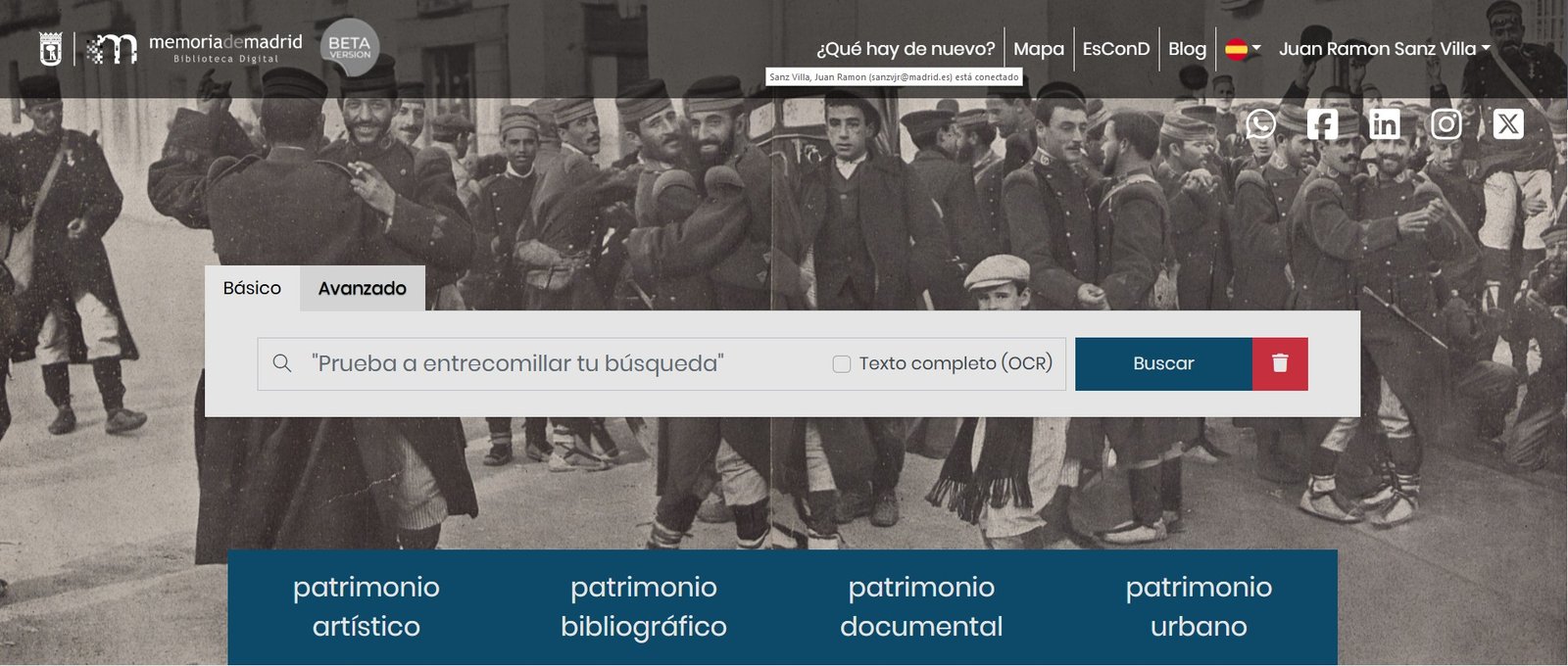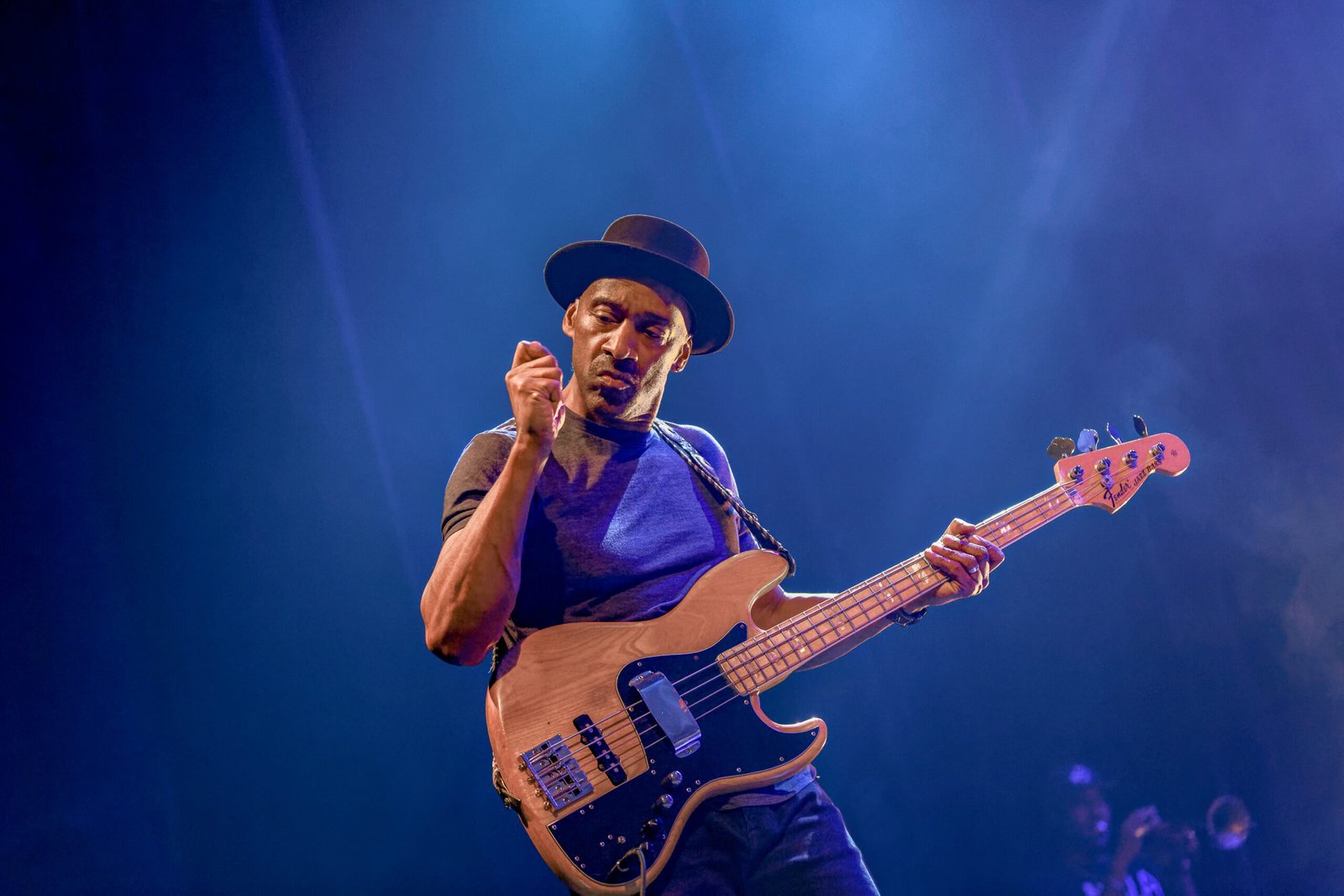The General Directorate of Libraries, Archives, and Museums of the City Council of Madrid has launched the new version of the memoriademadrid Digital Library website, now available at www.memoriademadrid.es. This comprehensive renovation is in line with the commitment of the Department of Culture, Tourism, and Sports to the preservation, digitization, and dissemination of the city’s documentary heritage.
The new website is the result of over a year of work, during which a complete overhaul of the technological platform that supports the daily operation of the Library has been undertaken. This transformation not only affects the design and structure of the portal but also the management systems, digital preservation, and integration of content from other municipal services.
With an updated look, more intuitive navigation, and new technological tools, the Digital Library becomes a more useful and accessible tool for all those interested in the history and culture of Madrid.
More accessible, interactive, and connected
Among the main novelties is the incorporation of a mapping service, developed in collaboration with the City Council’s Geoportal, which will allow the display of heritage documents on different historically accurate georeferenced maps. These maps include Texeira (1656), Espinosa de los Monteros (1769), Ibáñez de Íbero (1872), and Facundo Cañada (1900).
The new website also includes an interactive timeline that facilitates the chronological location of the City Council’s cultural heritage, as well as an advanced search interface, with customizable filters or facets, as well as specialized viewers for each type of document (text, image, video, audio, 3D models, etc.). Thanks to this improvement, the public will be able to view documents directly on the screen, without the need to download them.
Another enhanced feature is the ability to search for text within digitized documents. The new version, which incorporates Elastic Search technology, allows for quick and precise location of any information contained in the millions of pages scanned by the Library since its inception.
Additionally, the platform now offers new possibilities to present the City Council’s museum and monumental heritage in a more attractive and interactive way. Through the use of photogrammetry, it is now possible to explore in 3D over a hundred heritage pieces, both from the memoriademadrid website and from the Digital Humanities Cabinet EsConD.
This digital renovation is part of a broader project that has also affected the physical infrastructure and management system of the Digital Library, with the aim of strengthening its digitization capacity and adapting to new standards of digital image quality. With this new website, memoriademadrid takes a decisive step towards becoming a reference tool for accessing, consulting, and disseminating Madrid’s collective memory.



